BLOG
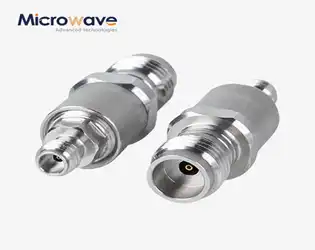
Seamless Transitions: Between-Series Coaxial Cable Adapters for Hybrid Systems
September 10, 2025
In today's complex RF and microwave environments, engineers constantly face compatibility nightmares when integrating different connector series within hybrid systems. Picture this: you're designing a critical satellite communication network where legacy equipment uses BNC connectors while new components require SMA interfaces, and signal integrity cannot be compromised. This scenario is where Coaxial Cable Adapter technology becomes indispensable. These sophisticated connectivity solutions bridge the gap between different connector families, ensuring seamless signal transmission across heterogeneous systems while maintaining optimal performance characteristics throughout the entire signal path.
Top 5 Applications for Waveguide Band Stop Filters
September 9, 2025
In the rapidly evolving landscape of microwave technology, waveguide band stop filters represent one of the most critical components for ensuring optimal signal integrity across diverse applications. These sophisticated devices serve as guardians of frequency purity, selectively eliminating unwanted frequency bands while preserving the essential signals that drive modern communication and radar systems. The Waveguide Band Stop Filter has become indispensable in applications ranging from satellite communications to defense systems, where precise frequency control can mean the difference between mission success and failure. Advanced Microwave Technologies Co., Ltd, with over 20 years of experience in microwave products, has witnessed firsthand how these filters transform system performance across industries including aviation, aerospace, telecommunications, and defense sectors.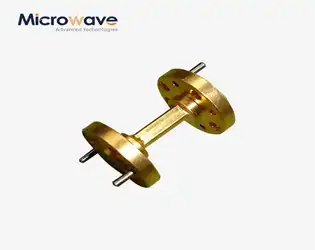
The Strategic Role of Circular Straight Waveguides in Defense Procurement
September 9, 2025
In today's rapidly evolving defense landscape, military procurement officers face unprecedented challenges in securing reliable, high-performance microwave components that can withstand extreme operational conditions while maintaining signal integrity across vast distances. The failure of critical communication systems during combat operations or surveillance missions can result in compromised national security, operational inefficiencies, and potentially catastrophic consequences. Circular Straight Waveguides have emerged as the cornerstone solution for defense contractors and military organizations seeking robust, precision-engineered components that deliver unwavering performance in the most demanding environments. This comprehensive analysis explores how these specialized microwave transmission components are revolutionizing defense procurement strategies and establishing new benchmarks for operational excellence in military communications, radar systems, and surveillance technologies.
5 Key Features to Look for in a High-Performance Waveguide Cable Assembly
September 9, 2025
When your critical microwave system experiences signal degradation, dropped communications, or power handling failures, the root cause often traces back to substandard waveguide cable assemblies. In today's demanding high-frequency applications spanning satellite communications, aerospace radar systems, and defense networks, choosing the right Waveguide Cable Assembly can mean the difference between mission success and costly system failures. Understanding these five essential performance characteristics will empower you to make informed decisions that ensure optimal signal transmission, minimize losses, and deliver the reliability your applications demand across frequency ranges up to 110 GHz.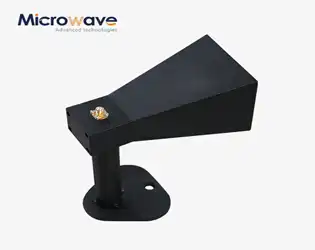
3 Benefits of Our Mini Wideband Double-ridged Horn Antenna.
September 8, 2025
In today's rapidly evolving telecommunications and aerospace industries, precision and reliability are paramount. The Mini Wideband Double-ridged Horn Antenna stands as a testament to advanced engineering excellence, offering unparalleled performance across multiple frequency bands while maintaining a compact footprint. This sophisticated antenna solution addresses three critical challenges faced by modern communication systems: bandwidth limitations, space constraints, and signal integrity issues. Through innovative double-ridged horn design and meticulous engineering, this antenna delivers exceptional wideband coverage, compact versatility, and superior signal performance that meets the demanding requirements of satellite communications, radar systems, and precision measurement applications.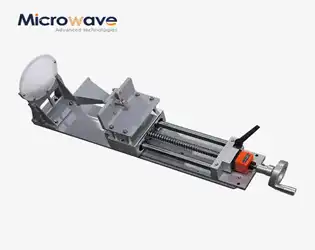
Feed Fired Lens vs. Reflector Antennas: A Technical Comparison
September 8, 2025
In the rapidly evolving landscape of microwave and satellite communications, selecting the optimal antenna technology is crucial for achieving superior system performance. The debate between Feed Fired Lens Antenna technology and traditional reflector antennas has become increasingly relevant as applications demand higher precision, broader frequency coverage, and enhanced signal quality. This comprehensive analysis examines the fundamental differences, performance characteristics, and practical applications of both antenna types. Feed Fired Lens Antenna systems represent a sophisticated approach to electromagnetic wave focusing, utilizing dielectric materials to manipulate signal propagation patterns with exceptional precision. Unlike conventional reflector designs that rely on metallic surfaces to redirect electromagnetic energy, lens-based systems offer unique advantages in terms of frequency response, beam shaping capabilities, and mechanical simplicity. Understanding these distinctions is essential for engineers and system designers working across satellite communications, aerospace defense, radar applications, and telecommunications infrastructure where antenna performance directly impacts overall system effectiveness.
Reliable Harmonic Filtering for Critical Applications: Waveguide Harmonic Filter
September 8, 2025
In the demanding landscape of modern microwave systems, maintaining signal integrity while suppressing unwanted harmonic frequencies has become paramount for successful operations across telecommunications, aerospace, defense, and satellite communications. The Waveguide Harmonic Filter emerges as a critical component that addresses these challenges with precision engineering and superior performance characteristics. These specialized filters serve as the cornerstone of reliable communication systems, ensuring that only desired frequencies pass through while effectively attenuating harmful harmonics that could compromise system performance. Advanced Microwave Technologies Co., Ltd. leverages over two decades of microwave expertise to deliver cutting-edge Waveguide Harmonic Filter solutions that meet the stringent requirements of mission-critical applications, combining innovative design with proven reliability.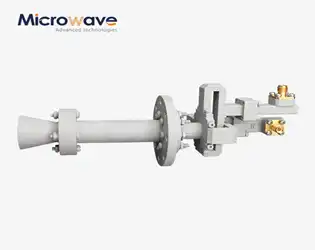
Beyond Traditional Antennas: The Circular Polarization Advantage in Horn Design
September 8, 2025
In modern microwave communication systems, engineers face mounting challenges with signal degradation, polarization mismatch, and interference issues that compromise system reliability. Traditional linear polarization antennas often struggle in environments where signal orientation cannot be controlled, leading to significant power losses and communication failures. The Conical Circular Polarization Horn Antenna emerges as a revolutionary solution, addressing these critical pain points by providing superior signal integrity, reduced atmospheric interference, and enhanced performance across diverse applications from satellite communications to aerospace defense systems.




